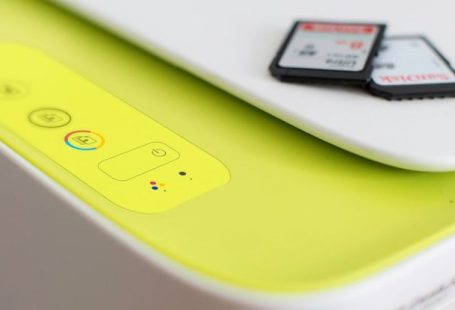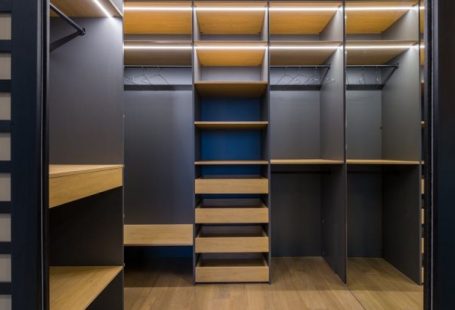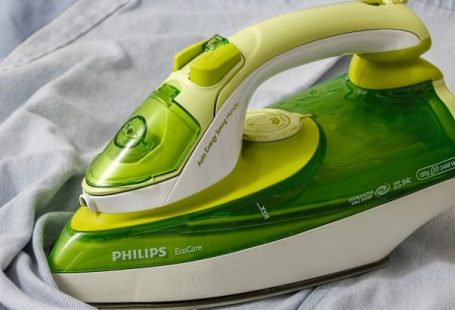Toys are an essential part of childhood, providing endless entertainment and fostering creativity. However, as any parent knows, the accumulation of toys can quickly become overwhelming. Cluttered play areas can lead to stress and chaos, making it challenging for children to truly enjoy and appreciate their toys. If you find yourself drowning in a sea of toys and struggling to maintain order in your home, fear not! There are quick and effective ways to declutter toys that will help restore peace and organization to your living space.
The KonMari Method: Spark Joy in Toy Decluttering
Inspired by Marie Kondo’s famous decluttering method, the KonMari method emphasizes keeping only items that spark joy. When applying this philosophy to toy decluttering, encourage your child to evaluate each toy individually. Ask them to consider whether the toy brings them happiness and serves a meaningful purpose in their playtime. By focusing on joy and utility, you can swiftly identify which toys are no longer needed and can be set aside for donation or resale.
Rotate Toys for a Fresh Perspective
Rotating toys is a clever strategy that can help reduce clutter while keeping playtime exciting and engaging for your child. Instead of having all toys out at once, store a portion of them in bins or closets and periodically switch them out. This not only creates a sense of novelty and discovery but also prevents overwhelm and ensures that each toy receives attention and appreciation. By rotating toys every few weeks, you can maintain a sense of order while preventing excessive accumulation.
Set Realistic Limits and Boundaries
Establishing clear limits and boundaries is crucial when it comes to managing toy clutter. Encourage your child to understand the concept of space constraints and the importance of decluttering regularly. Consider allocating specific storage areas for toys and setting a maximum number of toys that can be kept at any given time. By enforcing these boundaries, you can instill a sense of responsibility in your child and promote mindful consumption and organization.
Involve Your Child in the Decluttering Process
Involving your child in the decluttering process is not only empowering but also teaches valuable life skills. Encourage your child to participate in sorting through their toys, discussing which ones they no longer play with or have outgrown. By fostering open communication and decision-making, you can create a collaborative and positive decluttering experience. Additionally, involving your child in donation efforts can instill a sense of empathy and generosity, reinforcing the importance of giving back to others in need.
Utilize Storage Solutions to Optimize Space
Effective storage solutions are essential for maintaining a clutter-free play area. Invest in storage bins, shelves, and containers to keep toys organized and easily accessible. Labeling containers or using transparent bins can help your child identify and retrieve toys with ease, promoting independence and tidiness. Consider utilizing vertical space with wall-mounted organizers or hanging storage pockets to maximize floor space and create a visually appealing play area.
Embrace Minimalism and Quality Over Quantity
In a world filled with consumerism and material excess, embracing minimalism in toy ownership can bring peace and clarity to your home. Encourage your child to cherish quality toys that hold sentimental value and promote imaginative play. By prioritizing meaningful toys over a vast quantity of possessions, you can cultivate a sense of appreciation and mindfulness in your child. Remember, it’s not about the number of toys but the joy and creativity they inspire.
Create a Sustainable Toy Rotation System
To maintain a clutter-free environment in the long run, establish a sustainable toy rotation system that works for your family. Develop a routine for decluttering and rotating toys, whether it’s monthly, seasonally, or annually. Regularly assess which toys are being used and loved, and which ones can be passed on to others. By incorporating decluttering into your family’s lifestyle, you can prevent toy overwhelm and create a harmonious living space that sparks joy and creativity.
Incorporate Playtime into Decluttering Sessions
Decluttering doesn’t have to be a tedious chore—it can also be a fun and interactive experience for you and your child. Turn decluttering sessions into playtime by setting challenges or creating games that make the process enjoyable. For example, challenge your child to find hidden treasures among their toys or race against the clock to tidy up a designated play area. By infusing playfulness into decluttering, you can make the task less daunting and more engaging for everyone involved.
Conclusion: Embrace the Joy of Toy Decluttering
Decluttering toys may seem like a daunting task, but with the right strategies and mindset, it can be a rewarding and transformative experience. By incorporating the KonMari method, rotating toys, setting boundaries, involving your child, utilizing storage solutions, embracing minimalism, creating a sustainable rotation system, and infusing playtime into decluttering sessions, you can effectively manage toy clutter and create a harmonious living space for your family. Remember, the goal is not perfection but progress—celebrate small victories along the way and embrace the joy that comes with decluttering and organizing your child’s play area.





